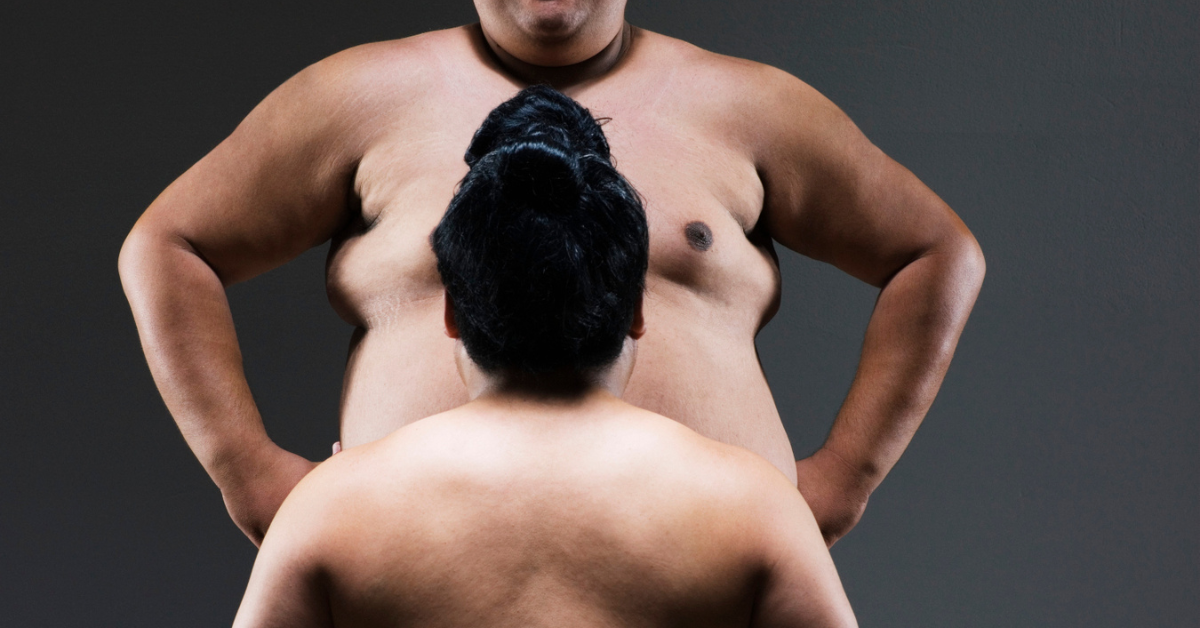Sumo wrestling is more than just a sport in Japan—it is a sacred cultural practice. At the heart of this tradition stands the rikishi, powerful athletes who embody not only strength but also discipline, humility, and respect. Understanding the life of a rikishi offers insight into Japan’s history, values, and spiritual traditions.
What is a Rikishi?
A rikishi is a professional sumo wrestler who competes in sumo matches, but their role goes far beyond the sport itself. They serve as bearers of ancient customs, closely tied to Shinto practices, with the sumo ring considered a sacred space. For example, tossing salt into the ring is not merely ritualistic—it symbolizes purification.
Young men typically begin training as rikishi around the age of 15, entering a sumo stable (heya) where they undergo rigorous physical and mental training. This structured environment shapes not only their technique but also instills virtues like humility, perseverance, and respect for tradition.
| Element | Description |
|---|---|
| Affiliation | Sumo stable under a master (oyakata) |
| Start age | Around 15 years old |
| Core values | Technique, etiquette, discipline |
| Activities | Matches, local events, public appearances |
Being a rikishi means carrying Japan’s cultural heritage, and many are involved in outreach activities such as school visits and community festivals.
Ranks and the Banzuke System
The sumo world operates under a strict hierarchy known as the banzuke system. Rankings are determined by performance and are updated six times a year following official tournaments (honbasho).
| Rank | Description |
|---|---|
| Yokozuna | The highest rank. Requires both dominance and dignity |
| Ozeki | Second-highest. Reserved for consistently strong competitors |
| Sekiwake & Komusubi | Middle ranks. Strong contenders for higher promotion |
| Maegashira | Common upper-tier wrestlers |
| Juryo | Entry to salaried ranks |
| Makushita and below | Unsalaried development stage |
Promotion or demotion is performance-based, and the differences in treatment between ranks are substantial.
| Comparison | Juryo (Salaried) | Makushita and below (Unpaid) |
|---|---|---|
| Salary | Yes | No |
| Attire | Kimono, topknot allowed | Only casual yukata |
| Room | Private rooms | Shared dormitory |
| Freedom | More independence | Strict discipline |
To reach the yokozuna rank, consistency, excellence, and impeccable character are all essential.
Life and Training of a Rikishi
Life in a sumo stable is highly structured. Training begins before dawn, with daily routines that include real-match simulations and intense physical conditioning. Senior wrestlers often train with juniors, reinforcing discipline and hierarchy.
| Daily Routine | Description |
|---|---|
| Early Morning | Wake-up and begin training |
| Morning | Main training session (over 3 hours) |
| Lunch | Chanko nabe and large portions of rice |
| Afternoon | Nap, chores, personal tasks |
| Evening | Light activity, rest |
Juniors perform chores like cleaning and cooking as part of their training, developing patience and teamwork. Despite the strict routine, these experiences shape not just an athlete but a refined individual capable of embodying cultural values.
Diet and Body Development
Chanko nabe is a famous dish associated with rikishi. It includes meats, fish, and vegetables, providing a high-calorie, nutritious base. Rikishi skip breakfast, consuming large lunches and dinners instead.
| Mealtime | Food |
|---|---|
| Morning | No food (focus on training) |
| Lunch | Chanko nabe + 3–5 bowls of rice |
| Dinner | Fish, fried foods, miso soup, etc. |
After lunch, rikishi take naps to promote muscle recovery and weight gain. Today, many stables employ nutritionists to ensure a healthy balance. Despite their appearance, rikishi carry significant muscle mass and explosive power.
Foreign Rikishi and Global Influence
In recent years, the presence of foreign-born rikishi has grown, drawing international attention to sumo. Many, like Mongolian yokozuna Hakuho, have achieved record-breaking success. Wrestlers from Georgia, the US, Egypt, and other countries now enrich sumo’s diversity.
| Country | Notable Wrestlers |
|---|---|
| Mongolia | Hakuho, Asashoryu |
| Georgia | Tochinoshin |
| USA | Konishiki, Musashimaru |
| Egypt | Osunaarashi |
These rikishi often overcome language and cultural barriers, learning etiquette and discipline unique to Japanese tradition. Their presence has elevated sumo’s global image and contributed to rising tourism and international fandom.
Conclusion
A rikishi is more than an athlete—he is a living embodiment of Japan’s cultural and spiritual values. From strict training to ceremonial conduct, everything about a rikishi reflects deeper principles of honor, tradition, and perseverance. For foreigners, learning about rikishi offers insight into Japanese society, history, and discipline. Watching sumo or visiting a stable isn’t just entertainment—it’s a cultural experience.





コメント